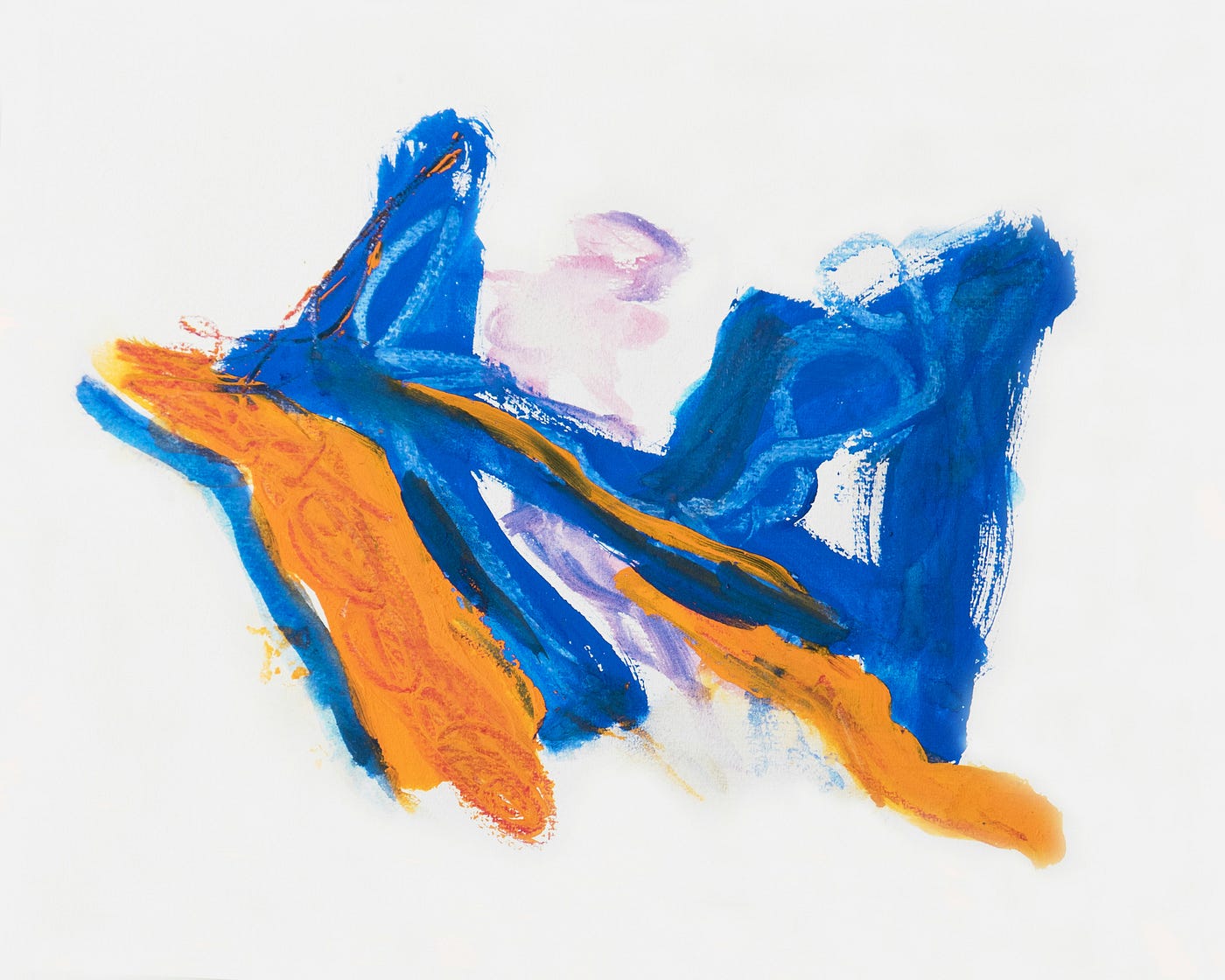After its defeat by the allies in 1945 in the bloodiest of wars, Japan pulled itself up from the ruins and underwent one of the most political, economical and social transformations in world history. In the twenty years leading up to the Tokyo Olympics in 1964, democratic freedom led to an explosion in artistic freedom and in photography in particular. Curated by Marc Feustel and Tsuguo Tada, Metamorphosis represents eleven Japanese photographers who worked through these two defining decades in Japan’s post-war history and each of whom photographed Japan and its people in all its metamorphosis from defeat to global economic power.
I spoke to curator and author Mark Feustel – an expert in Japanese photography – about how the exhibit was conceived.
Ginger Liu. How did the exhibit come about?
Mark Feustel. The exhibition came about through the book that I edited in 2004 entitled “Japan: a self-portrait: photographs 1945-1964.” (published by Flammarion in English and French editions in 2004 and by Iwanami Shoten in Japan). The idea for the book was to present a photographic history of Japan after the war through the eyes of the leading photographers at the time. It is both a historical and photographic project in that it covers both the historical aspects of the period but also how photography was evolving at the time. I was also interested in exploring the period before the Provoke period of the late 1960s which has come to be the most visible period of Japanese photography for the West. I was interested in exploring where photographers like Daido Moriyama came from and who their influences were from prior generations.
Through the process of researching the book, we started to investigate possibilities for turning the project into an exhibition and the exhibition opened in 2008 at the Setagaya Museum in Tokyo. It then travelled in Japan before being selected by the Japan Foundation to travel around the world.
GL. You have chosen eleven leading photographers and 100 black and white images. How did you make this choice? Was it a collaboration with the photographers and their estates as to which images to use or was the final 100 down to your aesthetics? How difficult was it to put together?
MF. The selection of the photographers was done by myself with the guidance of Tsuguo Tada who has over 30 years of experience in publishing photography and fine art books in Japan. In terms of the images that were chosen we went through photographers’ archives and publications in order to make a selection of images that would be representative of the different photographic trends of the time, but also would contribute on telling a visual story of the development of Japan during these years. This required several research trips to Japan, hundreds of photobooks, thousands of images and thousands of photocopies in order to arrive at a final selection of images. As a Westerner my idea was not to try and select those images that are the most well known to an audience familiar with the Japanese photography of this period, but rather to choose those images that struck me as relevant to the themes explored and which seemed to illustrate the major photographic trends of the time.
GL. The exhibit is split into three sections. Can you name some images which perfectly illustrate the subject matter, style and POV from postwar to section 2 and to section 3?
MF. The exhibition is broken up into three parts, based around three distinct periods of Japan’s development in the postwar years, but also based on three distinct periods in terms of the evolution of photography in Japan. As such they are not strictly chronological and there is some overlap between them.
The following text provides an overview of each period.
The aftermath of war
With the end of the war magazines and newspapers flourished as years of censorship gave way to an editorial boom. Publications that had been banned during the war resurfaced just as new ones went to press for the first time. Improvements in printing techniques also allowed the mass production and distribution of publications containing photographic reproductions. Photographs played a central role in this information boom, as people sought objectivity in the place of the military propaganda that they had been subjected to for several years. People turned to photography to find the ‘truth’ that they sought.
This photographic explosion brought about a profound reflection on the nature of the medium and on its role in society. The public’s demand for objectivity led to the emergence of a powerful social realism movement in the immediate post-war years. The atrocities of the war and the massive physical destruction of the country led photographers to adopt a direct approach and to focus on bearing witness and documenting what they saw around them. Photographers abandoned pictorialism and the propaganda techniques of the wartime years to immerse themselves in reality.
Of those photographers who had already been active in the pre-war years including Domon Ken, Hamaya Hiroshi, Kimura Ihee and Hayashi Tadahiko, Domon became the leading proponent of the photo-realism movement. He advocated “the pure snapshot, absolutely unstaged” and urged photographers to “pay attention to the screaming voice of the subject and simply operate the camera exactly according to its indications”. As a regular contributor to Camera magazine, he became very active in the world of amateur photography and encouraged camera club members to follow this realist path.
Tradition versus modernity
Despite its predominance in the immediate post-war years, the social realist movement was not to last. It captured a specific moment in time when the nation needed to take stock of the Pacific War and of its consequences. Photographers increasingly began to view the movement as too rigid and heavily politicised. Hamaya for instance chose to break away and adopted a new approach, both in terms of style and subject, when he began his work on the coast of the Sea of Japan, leading to the series Yukiguni (Snow country) and Ura Nihon (Japan’s Back Coast). In these series Hamaya displayed a more humanist approach than seen in social realism and chose to focus instead on a timeless aspect of Japanese rural society, rather than on the social issues linked directly to the immediate post-war.
By the mid 1950s many photographers were turning away from documenting the destruction of the war to focus on the stark contrast between ‘traditional’ Japan and the modernisation of Japanese society associated with the American occupation. The hardships of the 1940s were rapidly replaced with rapid industrialisation and economic growth as Japan was modernised. These changes had a deep impact as Japan’s complex social structures were thrown into upheaval with the country’s economic transformation. Photographers focused not only on capturing the emergence of this new economic and social paradigm in Japan’s cities, but also sought to document those areas of Japan which were less affected by modernisation and offered a window onto the country’s past.
A new Japan
In addition during the second half of the 1950s a new generation of photographers was coming of age. They had grown up during the war but were only beginning to find their photographic eye during the postwar years. From this generation, a new photographic approach referred to as ‘subjective documentary’ was born.
In 1959, the most innovative photographers of the time founded the agency Vivo which, despite its short lifespan, was to become a key contributor to the evolution of Japanese photography. With photographers such as Narahara Ikko, Tomatsu Shomei, Kawada Kikuji or Hosoe Eikoh, Vivo put forward the idea that personal experience and interpretation were essential elements in the value of a photographic image. These photographers developed a particular sensibility influenced by ‘traditional’ Japan as well as by the turbulence of post-war reconstruction and the explosion of economic growth. Their photographic eye turned both to the past, to the Japan of their childhood that they saw disappearing, and to the future and the ever-increasing modernisation that was transforming Japanese society.
Over 10 years after the atomic bombings, this new generation of photographers also began to engage with the legacy of these events and their future significance, both for Japan and for all of humanity. The series that emerged including Kawada’s Chizu (The Map), Hosoe’s Kamaitachi and Tomatsu’s Nagasaki 11:02, are amongst some of the most powerful statements in twentieth century photography.
GL. Are the eleven photographers images showcased in all three sections and within these sections how are the images grouped?
MF. Each section of the exhibition develops a particular theme. We chose to follow a thematic structure rather than separating out each photographer’s works which would have led to a more fragmented and made the exhibition less legible to the viewer.
GL. Is this the first time that these eleven photographers have been represented in one show?
MF. There have been many group exhibitions in Japan that featured some of these photographers but to my knowledge this is the only exhibition that featured this specific group of photographers.
GL. Japan is in a unique position as their post war technological advances championed SLR photography with two global brands. Is the advancement in this technology represented by the kit used for these 100 images?
MF. The period covered by this exhibition was one of great technological change in photography, which had a major impact on its practice. Many photographers switched to using Nikon and Canon cameras during these years as there production quality vastly improved. However, this exhibition did not seek to explore the technological aspects of their photographic practice but rather the changes in approach and in subject matter over the course of the period.
GL. For the surviving photographers and past photographers families this is a celebration of their work. What is their reaction to this exhibit?
MF. In order to create this exhibition we worked with those photographers that are still alive and their estates which are generally run by their family members. We received an extraordinarily warm welcome to the project and great support in enabling such a complex project involving works by so many different artists to be realized.
GL. Which photographers out of the eleven are the most influential and contemporary?
MF. These photographers have all been influential in different ways throughout their career and for very different reasons. The most visible of the photographers in the show is most probably Shomei Tomatsu who has recently had a posthumous book of his work on the American military presence in Japan published by Aperture entitled Chewing Gum and Chocolate.
Ken Domon was also extremely influential in the Japanese photo community in the immediate postwar years, but his influence waned significantly during the latter part of the 1950s.
Thank you.
Ginger Liu is a photographer, writer and filmmaker based in Los Angeles and London. Her work has been published and exhibited internationally. www.photo.gingerliu.com
Open Eye Gallery
19 Mann Island
Liverpool Waterfront
L3 1BP
Phone: +44 (0) 151 236 6768
Gallery Opening Hours:
10.30am – 5.30pm
Tuesday to Sunday
About Open Eye Gallery:
“Founded in 1977 Open Eye Gallery is an independent not-for-profit photography gallery based in Liverpool. One of the UK’s leading photography spaces, Open Eye is the only gallery dedicated to photography and related media in the North West of England. Open Eye has consistently championed photography as an art form that is relevant to everyone. It promotes the practice, enjoyment and understanding of photography by creating challenging and entertaining opportunities to experience and appreciate distinctive, innovative photographs.”







